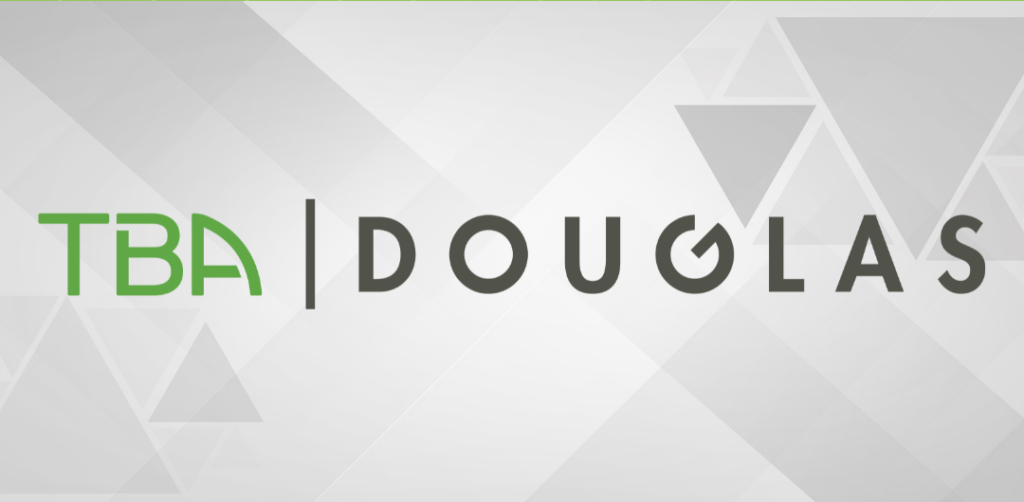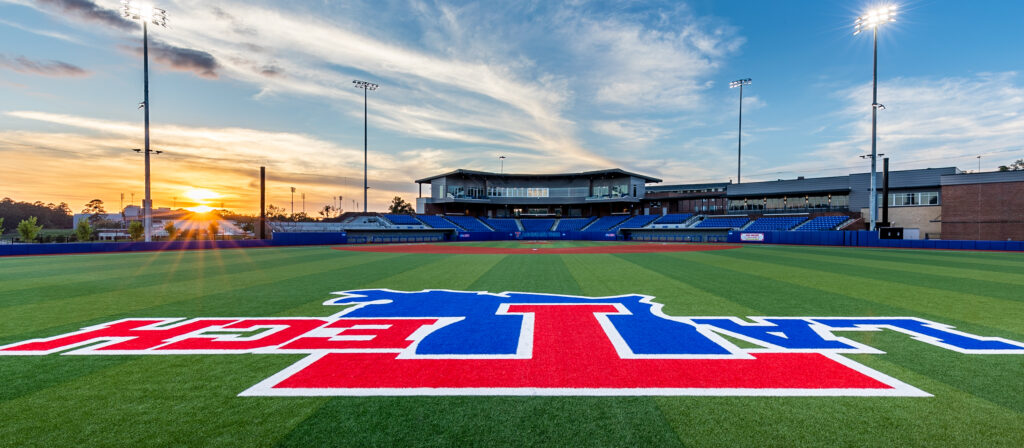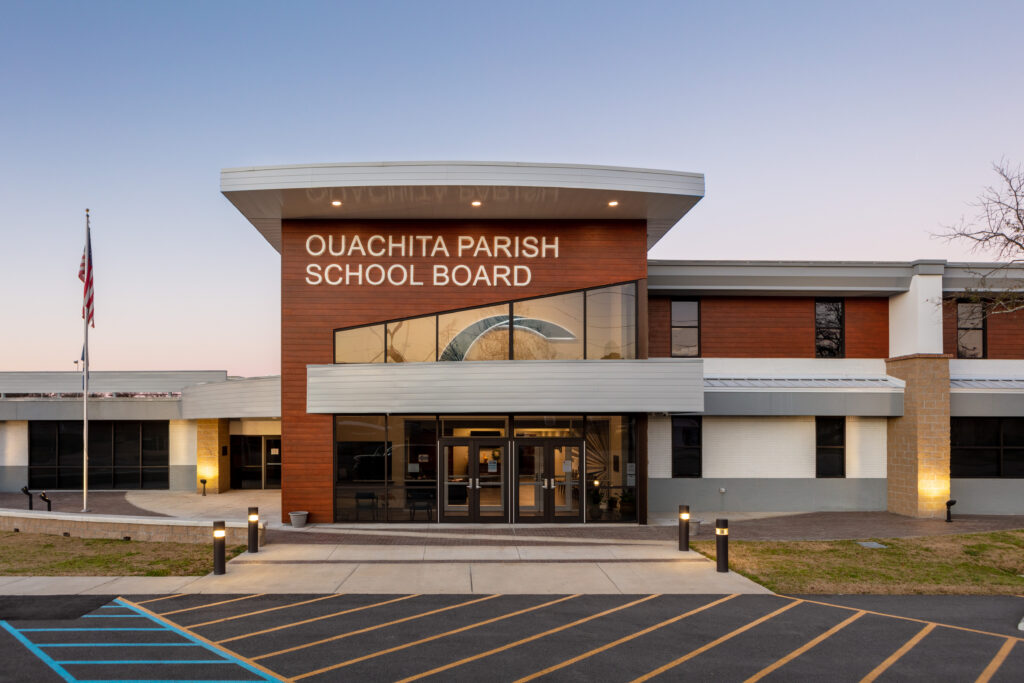7 Architecture Mistakes No College Can Afford to Make
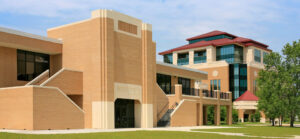
Your college’s architecture is an opportunity to make a powerful first impression. These buildings can shape your reputation, support recruitment, and impact the student and faculty experience. So, a single misstep in design can have costly implications for years to come.
The good news is that to be forewarned is to be forearmed. Watching out for the seven architecture mistakes outlined below can prevent costly problems on your college campus.
1. You’ve put an individual vision before the bigger plan
Your institution’s architecture should reflect the campus as a whole—not an individual architect’s vision of what the campus should look like. Inattention to established design standards can make buildings stand out for all the wrong reasons. Using a clashing cladding material or placing a modern edifice next to a historic project can break down the work put into creating a campus brand.
The big picture master plan should provide initial guidance for any new architecture. If your architect doesn’t ask for this foundational planning tool up front, consider it a warning sign.
2. Your architecture doesn’t reflect input from key stakeholders
Everyone’s going to have opinions when it comes to the design of a new college building. It can be challenging to reconcile the different expectations coming from administrators, faculty, athletic directors, students, and alumni. However, ignoring some voices in favor of others can be a costly architecture mistake. This is particularly true when it comes to donors and other stakeholders who are financially invested in architectural outcomes.
An architect with experience in higher education should be able to help a diverse range of stakeholders feel heard during the design process. This begins with identifying key stakeholders and establishing clear lines of communication for securing input and explaining design intent.
3.Your space doesn’t provide adequate accessibility
Accessibility is a broad umbrella that can cover a lot of ground. While code reviews tend to ensure new facilities meet ADA accessibility requirements, unexpected accessibility issues can still arise. Travel paths are one such example. New buildings may be located in such a way that they prevent easy access to the building next door.
In some cases, however, poor design practices can lead to unexpected barriers to learning. Poor acoustics in auditoriums and classroom spaces, for example, may mean the back half of a learning space can’t hear the professor at the front. Unfortunately, these types of issues may not be discovered until the first lecture.
4. Your architecture ignores sustainable design basics
Higher education institutions have been leaders in the sustainability space for decades. For many, sustainable practices are a part of their organizational mission. However, sustainability today shouldn’t prioritize expensive investments in bleeding-edge technology. At its most effective, sustainability is baked into design and spurs a more cost-effective and often more comfortable building. Solar orientation studies, attention to daylighting, and whole building design strategies can minimize the performance load on future operations. Reducing energy usage is the first step toward carbon neutral buildings.
High-profile sustainability initiatives might attract Gen Z, known as the Sustainability Generation. Operational savings that can help keep tuition affordable will attract their parents.
5. You’ve institutionalized design flaws and programming problems
Making a mistake once can be frustrating. Repeating the same architecture mistakes over and over in every new building can be infuriating for the people who use these spaces day in and day out. A good way to prevent repeating the same architectural problems is to involve the school’s facilities department early in the design process.
These are the individuals who hear the complaints about your current buildings. They get an up-close look at how a space is used and how well it performs. Understanding their frustrations can go a long way toward creating more efficient and effective future spaces.
6. What architecture? You’re facing delay after delay due to regulatory oversight
There’s little more frustrating than thinking your project is ready for construction, only to be sent back to the drawing board by the state agencies that have oversight of a public institution’s project. When it comes to public colleges and universities, it’s critical to work with an architect who knows how to navigate state regulatory requirements and expectations. Overlooking required submittals or processes can lead to lengthy back-and-forth design revisions that drag out architectural projects—and drive up design costs.
7. Your building doesn’t stand out
For higher education institutions, buildings aren’t just a meeting place. A well-designed facility adds to the overall reputation of the institution. Your buildings become a central recruitment tool. As a result, it’s critical to work with an architect that’s willing to develop a design that wows and specialists who can bring this vision to life.
To know you’re getting an exceptional design, it helps to work with a designer who can provide three-dimensional renderings or potentially virtual reality tools that allow for a virtual walkthrough. For a one-of-a-kind project, details matter, and it’s far more cost-effective to get those details right in the earliest design stage. These projects are also best served by bringing in specialists – think lighting and AV contractors or graphic design teams – who can enhance the campus experience.
Experience counts in higher education architecture
To avoid these architecture mistakes and create a building that’s able to stand the test of time, it’s important to begin with a strong foundation of good design. An experienced architecture partner cannot only create that foundation but help bring in the strong partnerships that can move you from vision to reality.
This is an area where TBA Studio can help. Contact us to discuss how we can support your next campus project.
Subscribe to our Blog
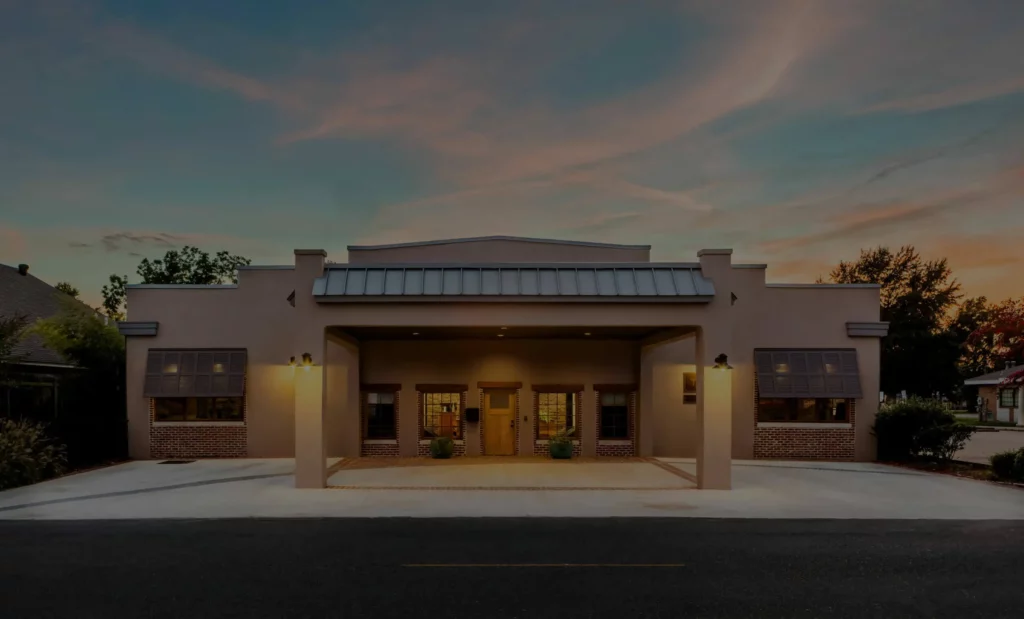
Meet our team of problem-solvers who create award-winning designs that welcome, inspire, and excite.
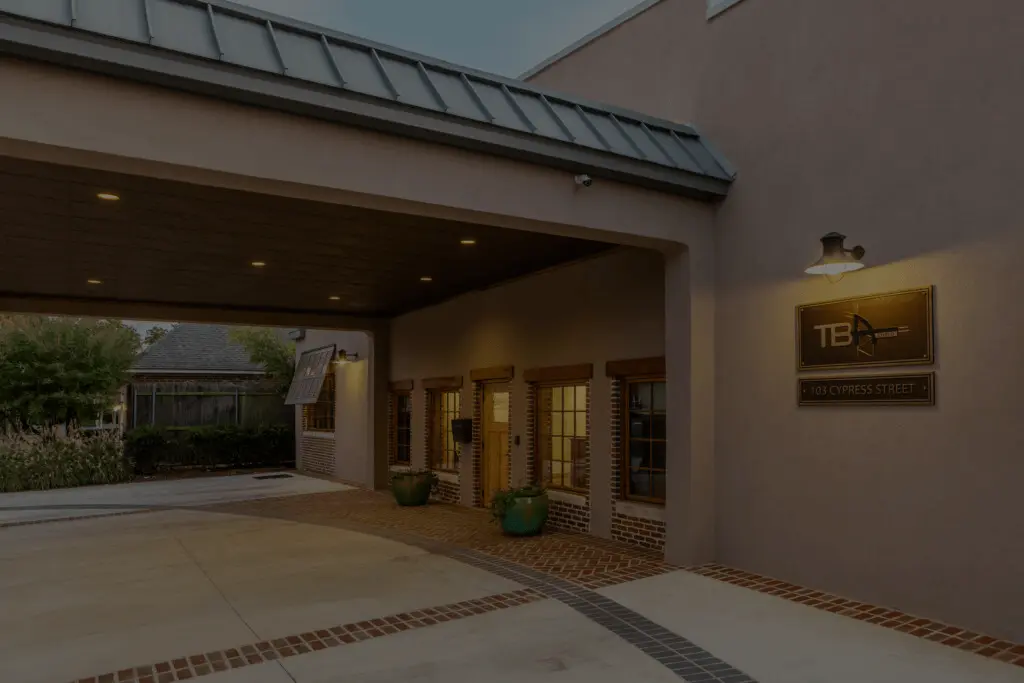
Join the team that’s transforming our communities through design.


